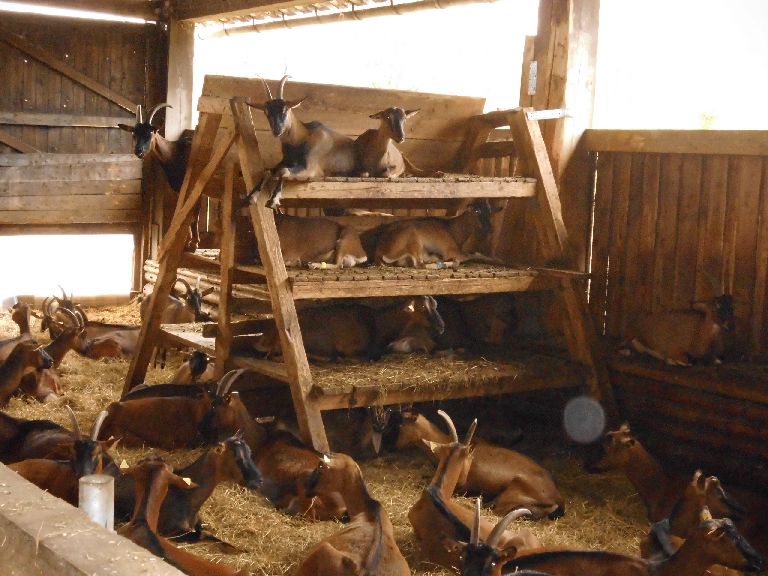Identifying the main obstacles related to animal welfare to define the pedagogical objectives
Issue
Animal welfare is a tricky concept, associated with scientific, political and ethical controversies which make its teaching delicate. Different obstacles in the conception of the learners are to be taken into consideration, as they form the basis for the construction of your didactic strategy. While the following obstacles are the most commonly observed, each group of learners has its own.Objective
For the educator: define a pedagogical strategy according to the main obstacles to be overcomeFor the learner: feel involved in a pedagogical strategy based on one’s own obstacles
Which obstacles to overcome?
If the obstacles are specific to the group of learners, we can usually observe the following ones.
- Ignorance of the animal's semiotic signs (signs that the animal expresses and the receiver has to interpret), is often considered a key obstacle for taking animal welfare into account. It is true that animals do not always have the same pattern of expression, which generates real misunderstandings, but this is not the only obstacle to be taken into account.

- Another main obstacle is related to the contexts of submission in which the learner finds themselves, consciously or unconsciously. The latter, especially when self-esteem is low, may more easily submit to dogmas, doxa, rules proposed or imposed by the professional world, or at least by a certain type of professional world in the field of animal production. What is more, if the learner comes from a family of breeders, he/she may experience a real conflict of loyalty in learning breeding practices which, even if they are more respectful of the animal, are opposed to those implemented on the family farm.
- The relation between teacher and student can also create a relation of domination and submission. Students may consider that they should follow the professional practices proposed by the teacher, especially since the educator does not offer any space for criticism.
- Especially among trainee farmers, building a relationship with the animal that is beneficial to the consideration of the animal's welfare is generally seen as a waste of time. The time gained in the future (through a better facility to herd animals), even if it is lost in the present (training an animal necessarily takes a long time, sometimes a lot of time) hinders the acceptance of a better consideration of the animal and its needs. The habits adopted in animal husbandry practices are difficult to question.
- However, this does not mean that the learner loses interest in the animal. He/she can express a real concern for the animal but it can be difficult for him/her to express their emotions, emotions that may be seen as ridiculous, childish, even unprofessional in the eyes of his/her colleagues. Yet these emotions are very present in the learner when it comes, for example, to learning how to skin or castrate an animal, to give death in emergency situations or when death is given to the farm.
According to these obstacles, what would be the objectives of the curriculum for herders?
The aim would be to avoid any dogmatic approach to animal welfare or good husbandry practices, but on the contrary to allow the individual to develop critical, creative and attentive (taking care of animals and humans) thinking about themselves and the animal. In other words, to enable people to think about animal welfare while taking into account the context and their own needs, desires and constraints.
Inputs on animal ethology will be proposed to see concrete applications in animal husbandry.
In the pedagogical situations that will be proposed, the learner will be able to express his/her values, ethics and emotions with confidence.
The thought process will be able to evolve through constructive confrontations in which words are welcomed.












